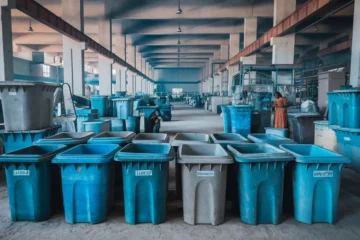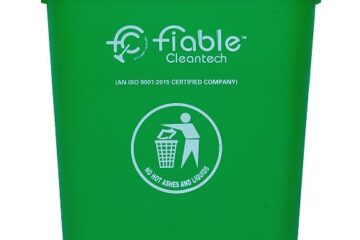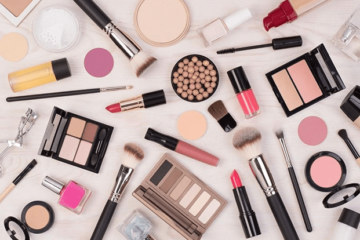What Are Circuit Boards Made Of?

Circuit boards, also known as printed circuit boards (PCBs), are essential components of electronic devices. They provide a platform for electrical components to be connected together and form functioning circuits. But what exactly are circuit boards made of? In this article, we’ll explore the materials commonly used in circuit board manufacturing and their properties.
- Substrate Material
The base material of a circuit board is called the substrate. It is typically made of a non-conductive material, such as fiberglass epoxy resin (FR-4). FR-4 is a flame-resistant material that provides good electrical insulation and mechanical stability. Other common substrate materials include phenolic paper (FR-2), polyimide (PI), and polyester (PET). The choice of substrate material depends on factors such as cost, mechanical strength, and thermal stability.
- Copper Foil
Copper foil is laminated onto the substrate to create the conductive pathways for electrical signals. The thickness of the copper foil can vary depending on the application. Standard copper foil thicknesses for PCBs are typically 1 oz (35 µm), 2 oz (70 µm), or 3 oz (105 µm). Thicker copper foils are used for high-current applications or where high mechanical strength is required.
- Solder Mask
The solder mask is a protective layer applied over the copper traces to prevent oxidation and corrosion. It is usually made of a liquid photoimageable (LPI) solder mask or a dry film solder mask. The solder mask is typically green, but other colors such as black, white, blue, and red can also be used for aesthetic purposes or to differentiate between different PCB layers.
- Silkscreen
The silkscreen is a layer applied over the solder mask to provide component designators, polarity indicators, and other information. It is typically applied in white ink and is used to assist with component placement and soldering. The silkscreen can also be used for branding, logos, or other custom designs.
- Surface Finish
The surface finish is applied to the exposed copper surfaces to protect them from oxidation and improve solderability. Common surface finishes include electroless nickel immersion gold (ENIG), immersion silver (ImAg), immersion tin (ImSn), and lead-free hot air solder leveling (HASL). The choice of surface finish depends on factors such as cost, lead time, and the desired properties of the finished PCB.
Conclusion
In conclusion, circuit boards are made of a variety of materials, each with its unique properties and characteristics. The substrate provides the base material, while copper foil provides the conductive pathways. The solder mask and silkscreen are applied over the copper traces to protect and provide information, and the surface finish protects the exposed copper surfaces and improves solderability. By understanding the materials used in circuit board manufacturing, you can make informed decisions when designing and sourcing PCBs for your electronic devices.
Leave a reply
You must be logged in to post a comment.











